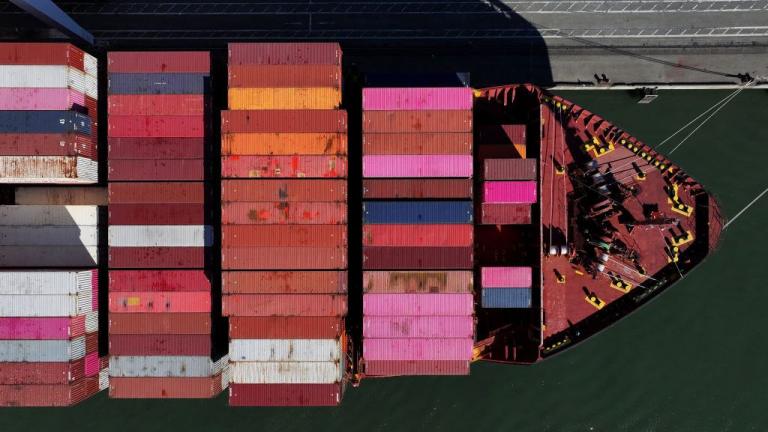It’s Tuesday, February 28, and the EU’s carbon price has reached a new high.
The price of carbon in the European Union rose above 100 euros ($106) per metric ton of emissions for the first time last week, crossing a symbolic threshold that experts say could spur more carbon reduction measures across polluting industries.
The carbon price is part of the EU’s Emissions Trading System, which sets an annually declining cap on the amount of allowable carbon dioxide emissions for a swath of polluting industries in the EU. Within the cap, all manufacturing facilities, power plants, airlines, and other major emitters are required to buy tradable emissions allowances. Carbon is priced per metric ton, and a higher price means a higher incentive to cut emissions. (Some hard-to-decarbonize industries, however, are given a limited number of free permits.)
The EU’s carbon price oscillates from month to month, but it’s been on a swift upward trajectory since 2020, when EU lawmakers implemented new rules to accelerate the bloc’s decarbonization efforts. At some points that year, carbon cost less than 20 euros ($21) per metric ton, compared to the all-time high of 101 euros ($107) that was reached last Tuesday.
Traders said cooler weather forecasts and an expected lack of wind power this month also nudged the carbon price up by increasing demand for power from Europe’s coal- and natural gas-fired power plants. When these plants ramp up electricity production, their owners have to buy more carbon credits.
To achieve bloc-wide carbon neutrality by 2050, EU lawmakers plan to continue driving down the cap on carbon emissions until it reaches zero — potentially by 2039, pending ratification of new rules that the EU agreed to in December. Analysts say this will drive the carbon price even higher over the coming years. “It’s going to increase further, just because we know that in 2038 there won’t be any more allowances in the system,” Juliette de Grandpré, an expert at the environmental think tank NewClimate Institute, told the Associated Press. “That’s only 15 years from now.”
In the meantime, the EU is also phasing out the distribution of free carbon permits for sectors that are at risk relocating to parts of the world without a carbon price. These free allocations are set to be replaced by a tax on carbon-intensive goods imported from abroad, such as iron, cement, and steel.
In the news
America’s growing hurricane wind problem
Andrew Freedman, Axios
➤ Read more
Revealed: The US is averaging 1 chemical accident every 2 days
Carey Gillam, The Guardian
➤ Read more
Maryland governor taps gas industry official to help regulate gas industry
Maxine Joselow, The Washington Post
➤ Read more
Why the White House’s environmental justice tool is still disappointing advocates
Naveena Sadasivam, Grist
➤ Read more
Ford’s electric pickup is built from metal that’s damaging the Amazon
Sheridan Prasso and Jessica Brice, Bloomberg
➤ Read more
The next deadly pandemic is just a forest clearing away. But we’re not even trying to prevent it.
Caroline Chen, Irena Hwang, Al Shaw, Lisa Song, and Robin Fields, ProPublica
➤ Read more


